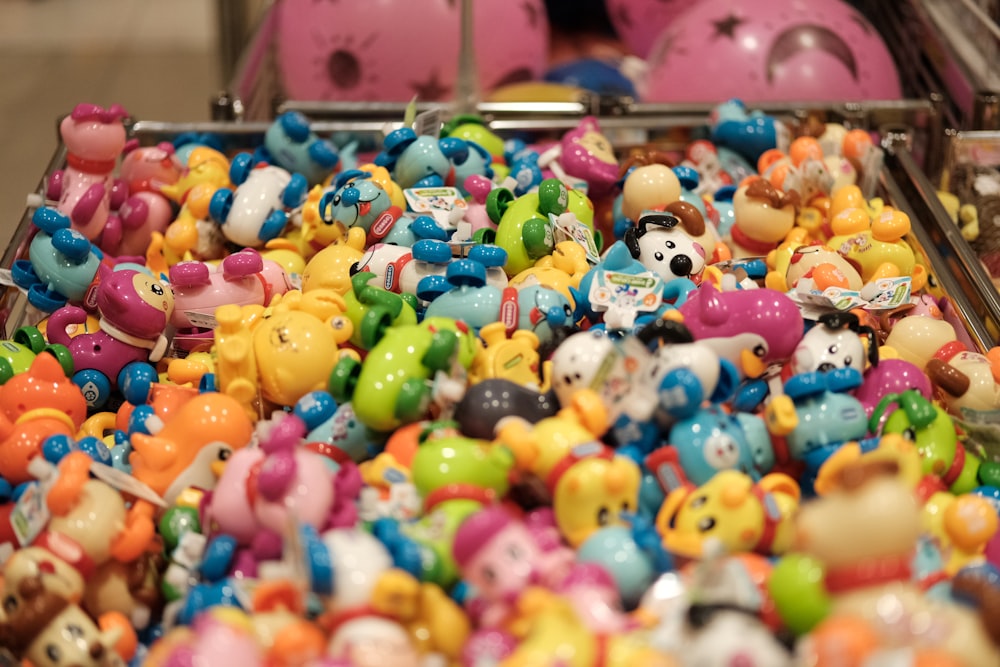All the printable activities can be downloaded from the following link for $3.00!
Preschool classroom all over often spend a week or two studying apples. The apple offers many opportunities for preschoolers. Children will be using all their senses as they dive into the natural resource! I will provide ways to connect apples with all domains within the Michigan Early Childhood Standards of Quality found here: https://www.michigan.gov/documents/mde/ECSQ_OK_Approved_422339_7.pdf. These standards may be used to guide preschool classroom educators to providing a well-rounded curriculum.
Approaches to Learning: “The Approaches to Learning Domain is about the dynamics of learning how to learn on one’s own and in the company of others.”
One area of this domain involves exploring and asking questions. Apples provide many opportunities to take part in both of these activities. The following activities may be used to help children achieve these skills:
Creative Arts: “Support for children’s creative development is essential to foster their
appreciation of the arts and their competence, self-reliance, and success.”
The creative arts domain encourages children to explore all types of mediums and to show pride in their work. Apple art can take on many forms. Here are a few suggestions:
I have created an Apple Pie Recipe activity to use with children. The Apple Pie Recipe cards will meet the Creative Arts domain with dramatic play and also incorporates math skills. This activity requires the following supplies (all are affiliate links):
- 5 green pom poms Creativity Street Pom Pons, Kelly Green, 1″, 100 Pieces
- 5 red pom poms Blulu Pompoms for Craft Making and Hobby Supplies, 500 Pieces, 1.2 cm/ 0.5 Inch (Red)
- 5 yellow pom poms Creativity Street Pom Pons 100-Piece x 1/2 Inch, Yellow
- 5 white pom poms Darice Pom Poms 1/2″ 100/Pkg: White
- 5 strips of brown felt Acrylic Felt Tan Felt Sheets 9×12 Felt Sheets for Crafts, Nonwoven Fabric Sheets, Great Felt for Crafts, Patchwork Sewing, Costumes, Classrooms, Scouts, Parties- 6 PC Felt Sheets Tan Felt Packs
- Small pie tin MontoPack Disposable 5″ Aluminum Foil Pie/Tart Pan (50 Pack) | 5 Inch Round Cake Pan for Baking Personal Mini Pies, Homemade Cakes & Quiche | Oven Safe Foil Tins Easily Stack & Store, Freeze & Reheat
- Printed recipe cards

Children need to be provided a print-rich environment. Seeing the written word and making the connection that the letters have meaning are two foundations that lead to strong reading development later. Literacy is a part of everything we do in the preschool classrooms. From printing names on papers to reading books to children on our laps, early childhood educators are constantly providing language experiences for children. Here are a few intentional language and early literacy apple related activities:
I have created an Apple ABC sort game. The apples contain printed words and pictures. Each letter of the alphabet is printed on a basket. Print the pages and cut out the apples and baskets. Have the children sort the pictures by the first letter of each word into the correct letter basket. Children can use the sounds the letters make or match the printed letters. This activity helps children develop the skill of identifying and associating letters with their names and
sounds.
The link to purchase all the apple activities I have created will be provided below!

Here are some affiliate links to purchase books about apples!
- Apples, Apples, Apples
- Apples and Pumpkins
- Apples (New & Updated Edition)
- Hello, World! How Do Apples Grow?
- Bad Apple: A Tale of Friendship
- How Do Apples Grow?
- Applesauce Day
- Apple Countdown
- Fall Apples: Crisp and Juicy (Cloverleaf Books ™ ― Fall’s Here!)
As the world shifted due to Covid, technology has become more important. Most people are using technology to communicate and reduce social contact with others. Children can adapt easily and already have many skills using technology. I have created a sorting activity that can be used during a virtual circle time or as an activity children can do independently. The activity is a PowerPoint slide show. Each slide is autocorrecting. Children will be demonstrating the skills of describing and creatively using a variety of technological tools independently or with peer or adult help. This activity will require children to use the mouse to click on the appropriate places.
Below is a video demonstration the activity.
Social, Emotional, and Physical Health: “During the preschool years, children increase self-understanding, cooperative and social interaction skills, improve movement skills, and develop greater knowledge about the importance of physical activity, exercise and good nutrition to their overall health.”
The following activities will help children develop skills in this domain:
An activity for children to work on fine motor skills is lacing. The following printable allows children to use fine motor skills in multiple ways. Print the page. Provide children with hole punches and string. Allow the children to create a pattern with the string on the apple. The apple can be printed on colored paper or white so the children can also use coloring tools to change the color of the apple.

Many of the math skills in this domain go beyond counting. Children develop skills in solving mathematical problems, classify objects and patterns, begin to think in algebraic terms at a young age. The following are activities to help children develop these skills:
A way to help children develop the skill of investigating patterns and describing relationships is with Apple Pattern Memory. In this activity, children will match the apple patterns. There are 10 matching pairs included in the download.

Children are naturally curious. Apples are a natural resource that offer many opportunities to explore with all the senses. The following activities focus on the Science learning domain:
Children look at the lifecycle of objects in the Science domain. This helps children to learn to classify objects as living and non-living. One activity to do with with children with apples, is to provide them with lifecycle cards of the apple tree. Children can use these cards to sort how an apple tree starts as a seed and ends as a tree.

Preschool children all know apples. The apple is a great tool children can relate to and understand. There are many uses of the apple in the preschool curriculum!
All the printable activities can be downloaded from the following link for $3.00!





















